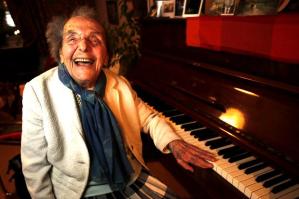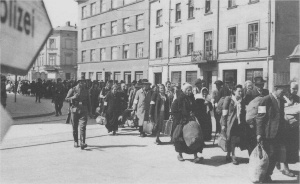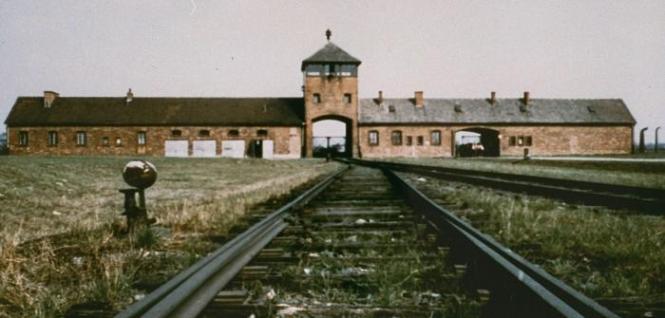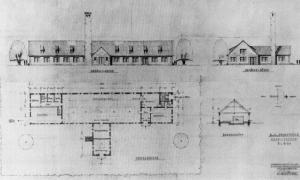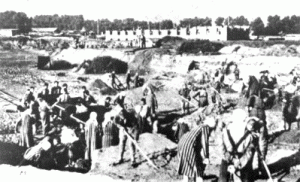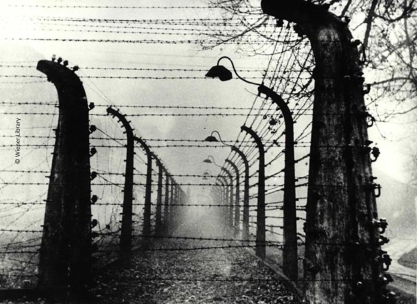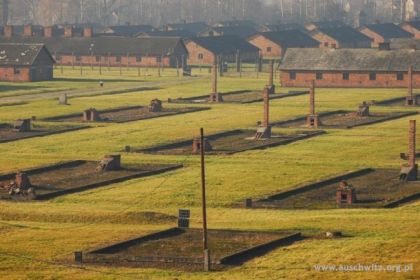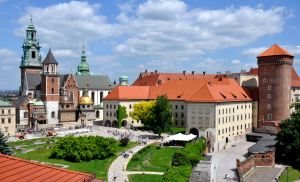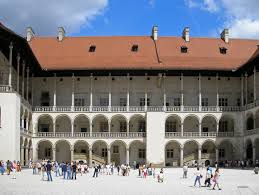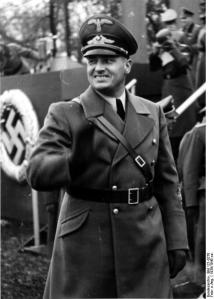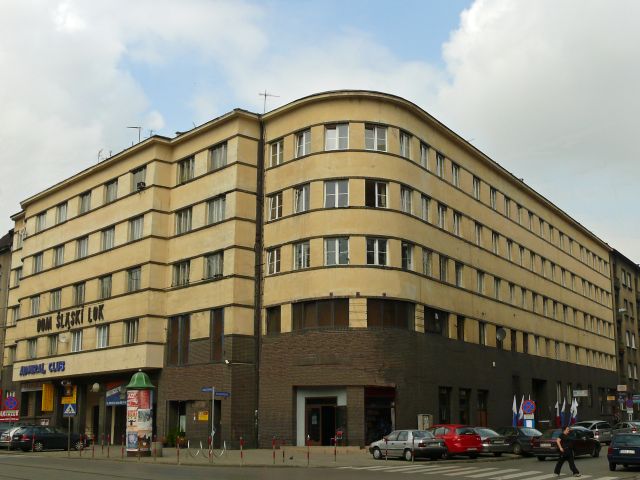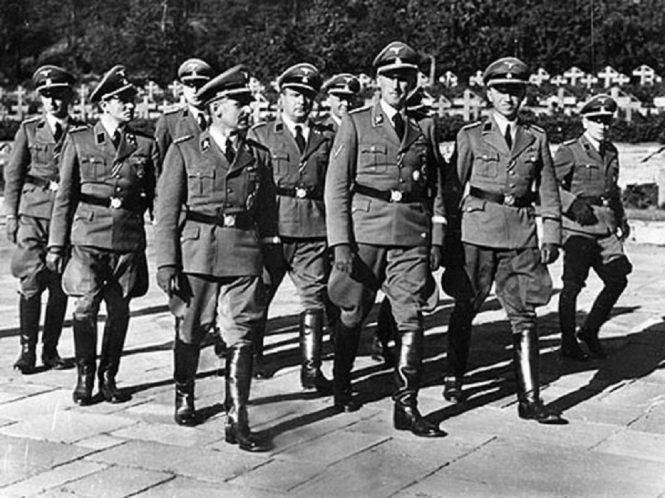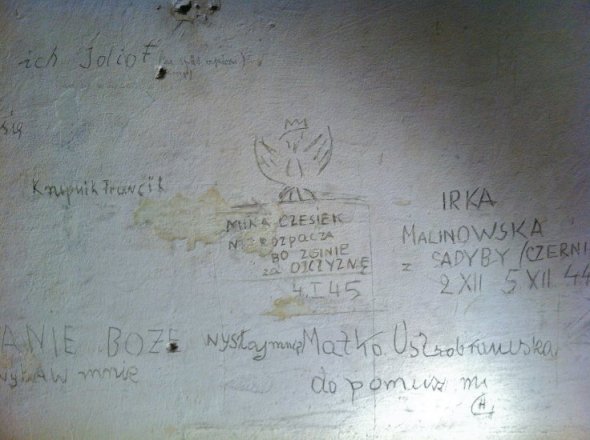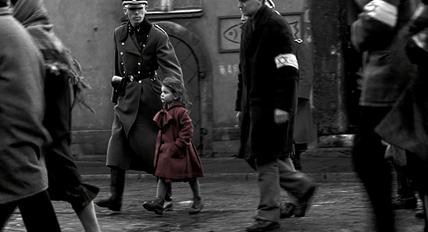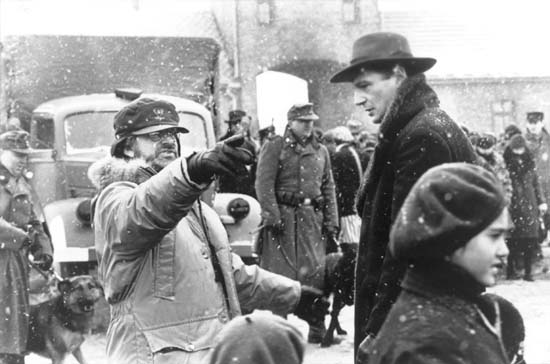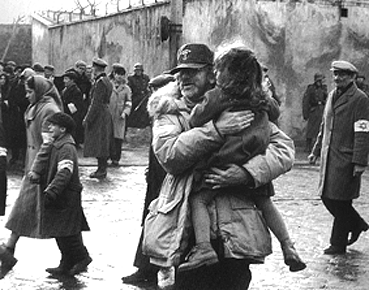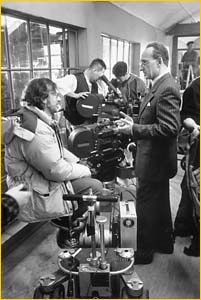Zegota and Irena Sendler
(1942-1945)
Zegota, also known as ‘The Konrad Zegota Committee’ was a codename used for The Council to Aid Jews. The Council to Aid Jews was an underground organization set up in German occupied Poland in the years 1942 – 1945. It worked under the sponsorship of the Polish Government who were exiled through the Government Delegation for Poland in Warsaw (Slawinski ND). The Zegota’s main purpose was to help aid Poland’s Jews and find safe places for them to live in occupied Poland. Poland was the only country in Europe, during the war where such a devoted underground organisation existed (Piotrowski 1998).
The Zegota was created in order to supersede work of the Provisional Committee to Aid Jews, which was founded in 1942 by Zofia Kossak-Szcucka and Wanda Krahelska-Filipowicz (Piotrowski 1998). The Provisional Committee to Aid Jews consisted of mostly Polish Catholic activists and at the time had around 180 people under its care; however the Committee to Aid Jews was soon disbanded for both political and financial reasons. The Zegota was then created in December, 1942 to further continue the work of the Provisional Committee (Piotrowski 1998).

Zegota was divided up into different sections dealing with the different needs of Jews located in German occupied Poland, for instance Legalization, Housing, Child Welfare, Medical needs, Clothing, Financial etc. From the Councils base in Warsaw, Zegota networks had grown to include relief organisations in Krakow, Lwow, Lublin and the surrounding countryside (Piotrowski 1998).
It is approximated that around 50,000 Jews who survived the Holocaust in Poland were helped in some way by Zegota. Zegota has around 100 other branches, which operated mostly in Warsaw, where it distributed relief funds to around 3,000 Jews. The second largest Branch was found in Krakow but other branches also operated in both Vilnius and L’viv (Slawinki ND). It is thought that around 4,000 Jews received funding directly from Zegota, 5,600 from the Jewish National Committee and 2,000 from the Bund (a Jewish socialist party operating in Poland). However around 8,500 Jews residing in Warsaw were helped by the aid of all three organisations (Piotrowski 1998).
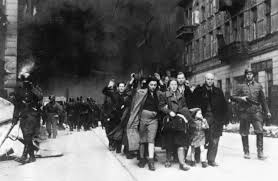
Konrad Zegota, as mentioned above, was not actually a person, but was the codename given to The Council to Aid Jews. In the Polish Underground, all their wartime efforts were given a codename as Zegota did not want any underground movements to do with the Jews being discovered. As Zegota was not only mentioned in discussions but also in documents, receipts etc. They used Konrad Zegota as a cover for all activities involving aid for Jews (Paulsson 2004).
One Important Zegota worker was Irena Sendler (15th February 1910 – 12th May 2008). She was born in Warsaw and after the death of her father, Jewish community leaders offered her mother help in paying for her education. She attended Warsaw University where she studied Polish Literature and joined the Socialist Party. She opposed the Ghetto-bench system (a system of segregation that existed in some pre-war Polish Universities) and defaced her grade card as a symbol of resistance against the Ghetto-bench system. As a result of her public protest she was suspended from the University of Warsaw for three years (Auschwitz.dk n.d).
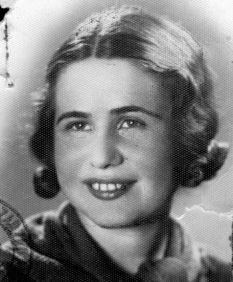
She later became a Nurse/Social worker who served in the Polish Underground during World War II and was the head of the Child Welfare section of Zegota. As a result she was given a special permit which allowed her access into the Warsaw Ghetto to check for signs of Typhus (something the Nazi’s feared would spread beyond the Ghetto) (Yad Vashem 2014). During these visits, she wore a Star of David as a sign of her solidarity with Jewish people. Under the pretext of conducting inspections of typhus within the Ghetto, Sendler and her co-workers helped smuggle 2,500 Jewish babies and children out of the Ghetto in ambulances, trams or sometimes even disguised as packages. Sandler also helped provide them with fake identification documents and housing in Aryan sections of Warsaw, helping save them from the brutality of the Holocaust (Scislowska, 2008).
The Children were placed with Polish families outside of the Ghetto, or were given to the Warsaw orphanage: ‘Of the Sisters of the Family of Mary’ or in Roman Catholic Convents. Sendler worked closely with Zofia Kossak-Szcucka, a resistance fighter and writer and with Matylda Ghetter, Mother Provincial of: ‘The Franciscan Sisters of the Family of Mary’. Irena Sendler and her group of around 30 volunteers, managed to slip hundreds of infants, young children and teenagers safely out of the Ghetto. Sendler and her group made sure they buried all evidence linked to the hidden children in jars to keep track of their real/new identities and assured the children than once the war was over they would be returned to their Jewish families (Paldiel 2006).
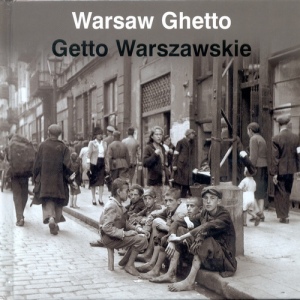
In 1943 The Nazis eventually discovered Sendlers actions and she was arrested by the Gestapo. Whist arrested she was severely tortured and sentenced to death. Zegota saved Sendler however, by bribing her German guards on the way to her execution. She was listed on public bulletin boards as having been executed and for the remainder of the war she remained in hiding, but continued her work for Zegota. After the war she and her co-workers gave all of their records about the identies of the hidden Jewish children to Zegota in order to return them home. Almost all of their parents though had been killed at the Treblinka extermination camp or were missing (Yad Vashem 2014).
In 1965, Sendler was recognised by the State of Israel as Righteous among the Nations and was later awarded Poland’s highest honour for her wartime efforts. She appears on a silver 2008 Polish commemorative coin which honours some of the Polish Righteous among the Nations (Yad Vashem 2014).
References:
Auschwitz.dk (n.d). Irena Sendler – An Unsung Heroine. Available: http://www.auschwitz.dk/Sendler.htm. Last Accessed: 21/01/14
Paldiel, M (2006). Churches and the Holocaust: Unholy teaching, good Samaritans and reconciliation. New Jersey: KTAV Publishing House Inc.
Paulsson, G (2004). The Rescue of Jews by Non-Jews in Nazi Occupied Poland. Journal of Holocaust Education, Volume 7 (1&2).
Piotrowski, T (1998). Poland’s Holocaust. London: Globetrotter Books, Division of International Broadcasting Productions Ltd.
Scislowska, M (2008). Polish Holocaust hero dies at age 98. Available: http://usatoday30.usatoday.com/news/world/2008-05-12-1916156174_x.htm. Last Accessed: 21/01/14.
Slawinki, A (N.D). Those who helped Polish Jews during WWII. London; London Branch of the Polish Home Army Ex-Servicemen Association.
Yad Vashem (2014). Smuggling Children out the Ghetto – Irena Sendler. Available: http://www.yadvashem.org/yv/en/righteous/stories/sendler.asp. Last Accessed: 21/01/14.
